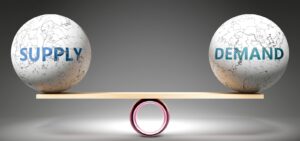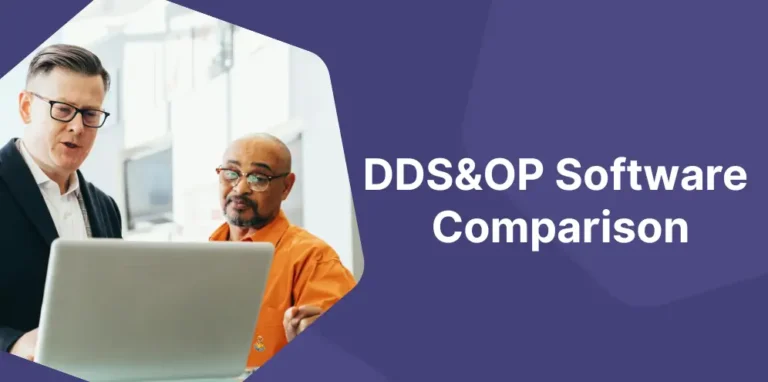Music, Rhythm, and Material Flow
If you are a musician, or just a music lover, you probably have the rhythm in your skin!
From classical to pop, rock, electro, or the “flow” of a rapper, music is a flow, isn’t it?
The common point in most of these forms of music – at least Western ones – is a rhythm, a cadence, a pulse. A drumbeat.
What is the purpose of this rhythm? I am not a musician nor a musicologist, but I can imagine that this rhythm has several functions in a musical flow :
- Orchestrating the collaboration between musicians
- Make sure that everyone can play his or her score (or improvisation) in harmony.
- Preventing each other from being early or late
- Deliver to listeners the stream that suits their musical tastes.
Orchestration, collaboration, flow, sweet music to the ears of supply chain managers, right?
This association of flow and rhythm is also found in nature. The beating of our hearts is essential to our vital flows, isn’t it?
It is found identically in the transmission of our information flows: whether they are Hertzian, electric or luminous, our communications are based on waves and frequencies, aren’t they?
Driving with Takt
Likewise, the flow in our supply chains and factories needs rhythm. And what is the right rhythm to orchestrate our material flows? The pace of market demand, of course.
This is at the heart of the Demand Driven methodology: aligning our flows with market demand. Lean practitioners have known this for a long time: it is the definition and the raison d’être of takt time.
In Search of the Lost Rhythm
To deliver a flow of music, the musicians have mechanisms; a metronome, a conductor who beats the cadence and coordinates the flows, a drummer, percussionists, etc.
If you take a good look at every nook and cranny of your management system, of your favorite ERP system that is supposed to orchestrate your flows, do you find there a pulsation mechanism, a rhythm, a progression on which to cadence and synchronize in real time the tempo of your flows? Mmmhh. Probably not.
Our ERP systems have been designed to calculate requirements that cover demand, actual orders and forecasts. They have not been designed to pace flows. We should not be surprised to suffer from synchronization problems.
Demand Driven and Cadence
The basic mechanisms of DDMRP, the first step in a Demand Driven Adaptive Enterprise model, incorporate a basic cadence. This is called Average Daily Usage (ADU). This ADU can incorporate historical demands, forecast and exogenous factors but it is always smoothed/averaged. Sometimes some people are surprised by this. For example, why combine the average demand over the last 12 weeks with the average forecast over the next 8 weeks?
When I was a young engineer specialized in electronics, my final internship consisted in developing an electronic card for satellite signal reception. The first step of this signal processing, before considering any digital algorithm, was, by means of an analog filter and a phase-locked loop, to detect the carrier of the signal – in other words the base frequency, the rhythm of this flow, which was not visible at the beginning because of the noise in the received signal.
This is the primary function of the DDMRP’s ADU: to extract the basic demand rhythm, masked by the noise of variability, variability in daily customer demand and self-inflicted variability from our optimistic or pessimistic forecasting processes.
Is ADU Enough to Pace Your Material Flow?
No. It is a prerequisite, which plays the same function as my analog electronic board in the 80’s: to clean the noise from the input signal.
To really pace the flow, we need complementary mechanisms: control points and “Drum” (constraints), used at two levels:
- During the S&OP (or more precisely the DDS&OP) process – for the global verification of loads on critical resources. This is what we use for RCCP (Rough Cut Capacity Planning) in our Advanced Planning Module.
- During scheduling and execution. Our dedicated module is called DBR+, derived from the Drum-Buffer-Rope control logic of the Theory of Constraints. It is indeed a matter of setting up a tempo and scheduling the flows in real time.
To pace the flows on customer demand, you need to set a tempo in your ERP!
We will come back in a future post on the practical implementation of this process.
Stay tuned to our frequency!












